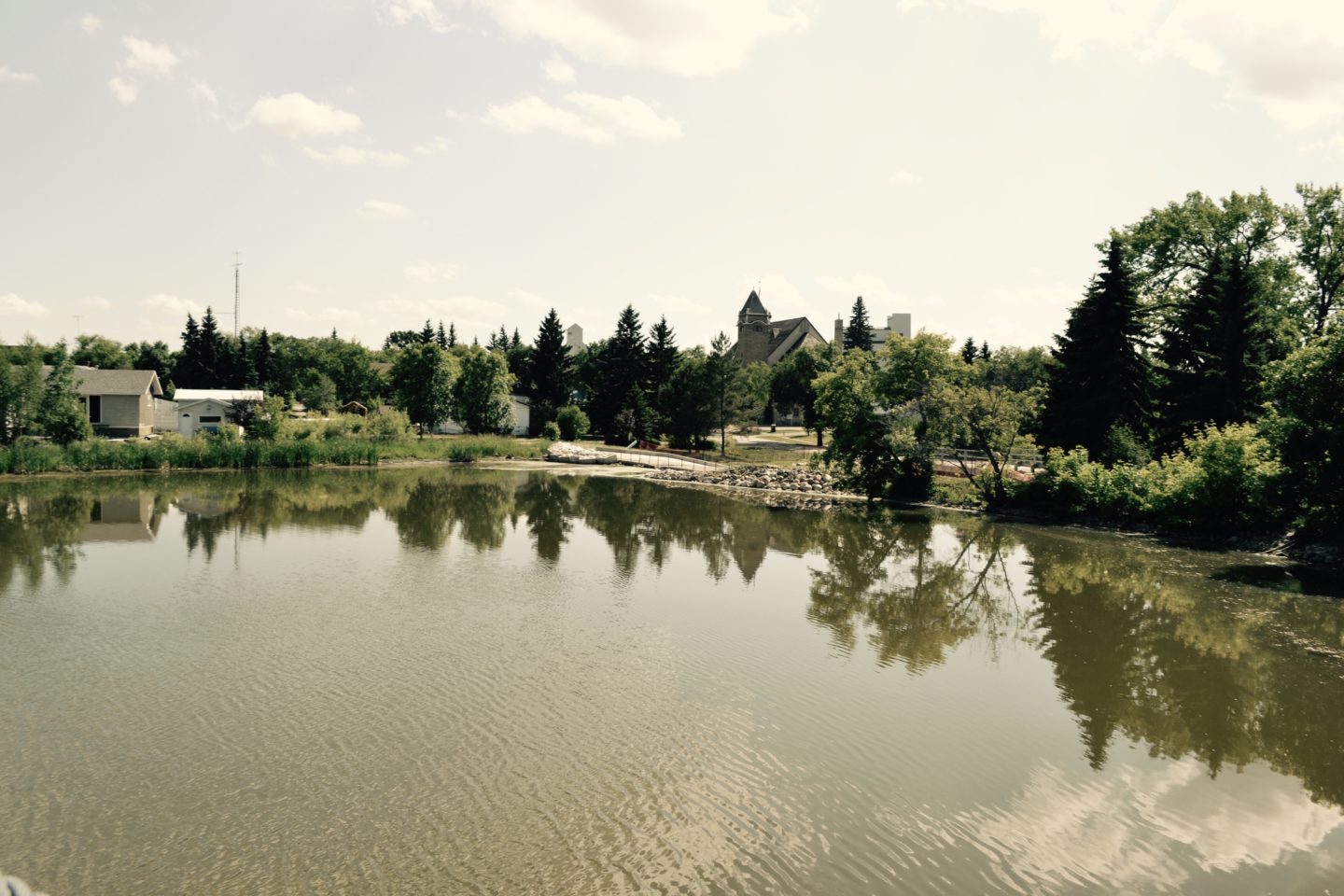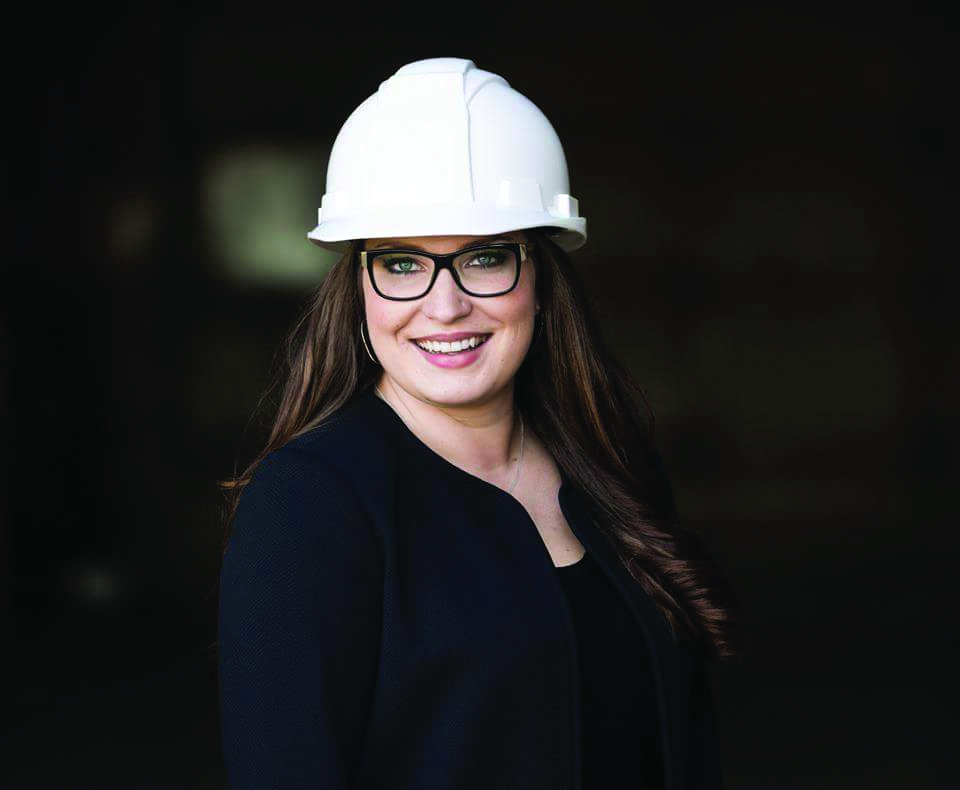5 Critical Factors Facing the Future of Heritage: A Perspective from a Young Heritage Professional
A few months ago, I was invited to Montreal to participate at the Round Table hosted by Christina Cameron, Canada’s Research Chair for Built Heritage.
For each of the three days of sessions, I had a seat at the table, along with many inspiring and renown heritage professionals from around the world. As I sat there forcing my brain to absorb and retain every concept that was being discussed and ferociously jotting down key phrases and words from each presenter, I began to truly realize the enormity of the subject of “heritage.” Having primarily focused on heritage issues at the local and national level in school and the first few years of my career, this exposure to heritage issues at the world level had a profound impact on my perspective. Not that I had been ignorant to it before, but that I now had so many questions related to the scalability and relatability of the concepts I had come to understand.
At the final session, I was asked to speak about the future from the perspective of a young professional. With only five minutes to speak, I decided to present five key themes that have shaped my perspective on the future of heritage. Each of these themes wove through the presentations at the Round Table (some more than others). However, in response to perspectives on the future, I affirm that these are indeed critical factors facing the future of heritage. Though these points are far from an exhaustive list, they are what I choose to present as a reflection of the present.
To preface my five points, I want to state the following: to me, “heritage” is “People’s Places;” to me, heritage is the intangible of the tangible; to me, heritage gives life meaning by reflecting the past, negotiated in the present and informing the future.
#1: Power to the People
I’ll start off by saying that future heritage professionals should inherit a facilitator persona. Power to the people will see a shift from heritage professionals as managing, directing or controlling a project, to heritage professionals supporting and integrating into the project team as an equal member. While there is a time and place for expert insights, a truly successful project will be derived at a grass roots level. A bottom-up approach will see the power of decision making transferred to a community with support by heritage professionals. Give the community the chance to identify their own opportunities and tell their own story. Often posing the question, “what makes your place special?” can start the conversation. Embrace what makes each place unique. Community engagement is critical at all stages of a project. From developing an understanding and negotiating goals and priorities, planning and developing an informed path forward, and finally delivering the project or completing the work, a heritage professional should be an instrument in the process encouraging collaboration and community engagement from the bottom-up rather than dictating from the top-down.
#2: Flexibility in Policy, Adaptability in Practice
The relationship between physical place and the policies that guide their protection should be re–examined. The impacts of formal designation have their benefits, but they can also be severely detrimental within some of the existing framework. Historic places need to be able to adapt to meet new needs, so they continue to be active, viable, and economically sustainable places for present and future generations. Heritage related policies in general could benefit from a contemporary (and future-looking) critique: reversing the seemingly suppression of creativity when working with designated buildings and a renewed acknowledgement of intangible cultural heritage and its fundamental relationship with the tangible (especially as it relates to Indigenous Heritage), are key areas that continue to limit adaptive reuse potential and impact public perception of heritage designations. Many professionals in the field of heritage have adopted a creative approach to how a historic place may be adaptively reused, and this creativity and “outside-the-box” thinking should continue to push the boundaries in policy and practice to layer new architectural interventions on heritage fabric.
#3: Popularizing Heritage
Imagine a world where everyone understood the impact of heritage as a catalyst for positive change: when the building down the street didn’t have to get demolished to make room for a new glass tower because everyone just understands the value of the house (and I’m not talking about fiscal value). The next generation of heritage professionals should endeavor to increase the awareness around heritage to others outside the profession. Perhaps this advocacy could benefit from a place in main stream media. As we look to the future, we should consider how those not in the heritage realm perceive, understand, and interact with heritage professionals so that we can foster an informative and educational relationship with everyone. We need to continue to explore ways to make heritage concepts logical, catalytic and relatable across disciplines and backgrounds.
#4: Innovation and Technology
The link between technological advancement and an appreciation for heritage are interconnected through a variety of facets. For this point, I am specifically referring to the concepts of sustainability and digital conservation. Heritage plays a key role in a healthy environment: both through many historic design concepts used to create healthy communities, but also through re-using historic materials so they don’t contribute to our growing landfills. Factoring in the embodied energy of existing buildings and integrating innovative green building technology is critical in supporting the arguments around “value” in heritage conservation. With the advancement of new technology, it appears there are countless opportunities for this to have a positive impact on heritage. We should not only embrace the concept of heritage digitization, but encourage and promote 3D scanning, advanced algorithms and collecting accurate 3D data of heritage buildings as a way of conserving and sharing our heritage with future generations. As technology continues to advance, the heritage profession will only grow in interdisciplinarity. Previously considered “traditional” practices should be challenged and changes/adaptations embraced. Harnessing the skills of other professions and disciplines and collaboratively working towards a renewed perspective on innovative heritage has enormous potential.
#5: Quality of Life
Ultimately, conversations about heritage must reflect our values in life. At a large scale, historic places have the potential to generate social interaction promoting co-operation and strengthening community. On a small scale, historic places are intrinsically linked to self-identity and well-being. In the future, discussions related to heritage – however grand and philosophical or intimate and realistic – should reflect on quality of life. Integrating community engagement, creative and innovative approaches, and using an idea fundamentally rooted in a place and supported by its people will positively contribute to the quality of life and vibrancy of a community.
As I reflect on the discussions of the Round Table a few months ago, I am realizing that many of the themes and concepts that were presented continue to echo through my subconsciousness. Beyond the five points I have presented here, the messages from the highly respected heritage professional with worldly experience have undoubtably affected my perspective and outlook on the future of heritage. I am honoured to have been able to participate in this important conversation at such an early stage in my career and am deeply inspired to continue my work in the profession in the years ahead.
Since attending this Round Table back in December, I have become the Regeneration Project Manager for the National Trust for Canada and I look forward to continuing these conversations on the evolution of heritage conservation practice in Canada. Want to join the conversation? Come to our national conference, post a question on our AGORA list serve, or simply drop me a line!


